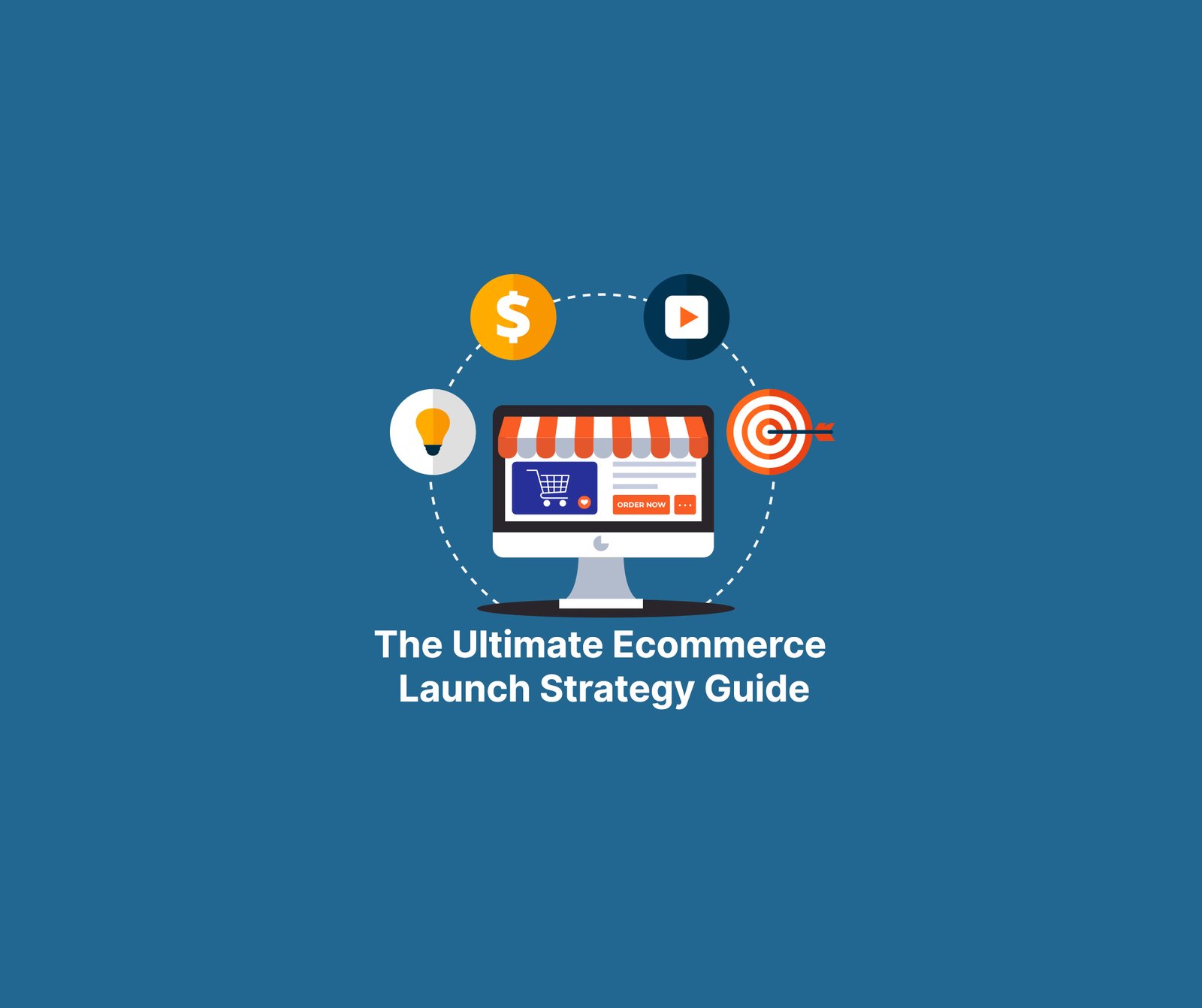As ecommerce continues to grow at an exponential rate, businesses need to stay ahead of the curve by adopting effective marketing strategies. In 2025, customer expectations, technology, and buying behaviors are evolving rapidly. To boost your sales and stand out from the competition, it’s essential to implement the latest ecommerce marketing strategies. Here’s your ultimate guide to achieving ecommerce success in 2025.
1. Leverage Artificial Intelligence (AI) for Personalization
In 2025, AI will be one of the most powerful tools for driving ecommerce sales. Customers now expect personalized shopping experiences, and AI can help deliver this at scale. Use AI-powered algorithms to analyze customer data and predict preferences, allowing you to tailor product recommendations, promotions, and content. Personalized experiences, such as dynamic website layouts or product suggestions based on browsing history, can significantly increase conversion rates and customer loyalty.
2. Optimize for Voice Search
With the rise of smart speakers and voice assistants, optimizing your ecommerce site for voice search is no longer optional. Voice search is expected to account for a significant portion of online queries in 2025. Ensure your product descriptions, titles, and content are optimized for conversational keywords. This means focusing on natural language and long-tail keywords that match how people speak. By doing so, you’ll increase your chances of appearing in voice search results and driving more organic traffic to your ecommerce site.
3. Utilize Social Commerce
Social media platforms like Instagram, TikTok, and Facebook are increasingly becoming powerful sales channels. By 2025, social commerce will be a must for ecommerce businesses. These platforms allow users to make purchases directly through posts, ads, or live streaming events, making shopping more seamless. Use shoppable posts, influencer partnerships, and interactive content to engage customers and drive sales. Building a strong presence on social media will not only increase visibility but also encourage impulse buying and foster brand loyalty.
4. Implement Augmented Reality (AR) for Virtual Shopping Experiences
Augmented reality (AR) is transforming the way customers interact with products online. By 2025, ecommerce stores that offer AR experiences will have a competitive edge. AR allows customers to virtually try on products, such as clothing, accessories, or makeup, before making a purchase. This immersive experience reduces uncertainty and helps customers feel more confident in their buying decisions. Consider integrating AR technology into your ecommerce site to enhance user engagement and increase sales.
5. Focus on Mobile Commerce Optimization
Mobile commerce, or m-commerce, is expected to dominate in 2025. With more consumers shopping via mobile devices than ever before, it’s crucial to ensure your ecommerce site is fully optimized for mobile. This includes having a responsive design, fast loading speeds, and mobile-friendly navigation. Simplify the checkout process to make it as seamless as possible on smartphones. Additionally, consider implementing features like mobile wallets or one-click payment systems to further enhance the mobile shopping experience.
6. Invest in Subscription Models
Subscription-based business models are becoming increasingly popular, offering predictable revenue streams and fostering customer loyalty. In 2025, businesses that offer subscription services will continue to thrive. Whether it’s for products or services, implementing a subscription model can increase lifetime customer value (LCV) and provide consistent cash flow. Use subscription boxes, membership perks, or exclusive content to encourage repeat purchases. Make sure to offer flexibility in subscription plans to cater to different customer needs.
7. Enhance Customer Service with Chatbots and Live Chat
Customer service is a crucial factor in ecommerce success. In 2025, businesses must provide instant support to cater to customer expectations. Chatbots and live chat features are becoming essential tools for engaging with customers in real-time. Chatbots powered by AI can handle common inquiries, recommend products, and guide customers through the purchasing process 24/7. Live chat, on the other hand, offers a human touch, allowing for more complex queries to be answered. Both options contribute to higher customer satisfaction and improved conversion rates.
8. Leverage Influencer Marketing
Influencer marketing will continue to be a powerful strategy for ecommerce businesses in 2025. Partnering with influencers in your niche can help you reach a wider audience and build trust with potential customers. Focus on micro-influencers, who tend to have higher engagement rates and more loyal followers. These partnerships can be leveraged through product reviews, unboxing videos, and social media collaborations. By using influencers to showcase your products authentically, you can build credibility and drive sales.
9. Retargeting and Remarketing
Retargeting is one of the most effective ways to convert visitors who have abandoned their shopping carts. In 2025, ecommerce businesses will need to refine their retargeting strategies by using personalized ads and content. Remarketing involves displaying targeted ads to customers who have previously visited your site but did not complete a purchase. Use data-driven insights to show them relevant products they viewed or related items they might be interested in. This personalized approach increases the likelihood of conversion and boosts sales.
10. Implement Sustainable Practices
Sustainability is becoming increasingly important to consumers, particularly Gen Z and Millennials. In 2025, ecommerce businesses that embrace sustainable practices will appeal to environmentally conscious consumers. This can include using eco-friendly packaging, offering carbon offset options, or sourcing products from sustainable suppliers. Promote your sustainability efforts in your marketing campaigns, and make sure your customers are aware of your commitment to the environment. Being transparent about your sustainability practices will enhance your brand image and attract more loyal customers.
Conclusion
To stay competitive in 2025, ecommerce businesses must adopt the latest marketing strategies to boost sales and enhance customer experiences. From AI-powered personalization and voice search optimization to leveraging social commerce and augmented reality, there are numerous opportunities to elevate your ecommerce game. Focusing on mobile optimization, offering subscription models, and enhancing customer service through chatbots and influencers will further differentiate your brand. By embracing these trends, you’ll be well-positioned to thrive in the rapidly evolving ecommerce landscape and ensure long-term success.


